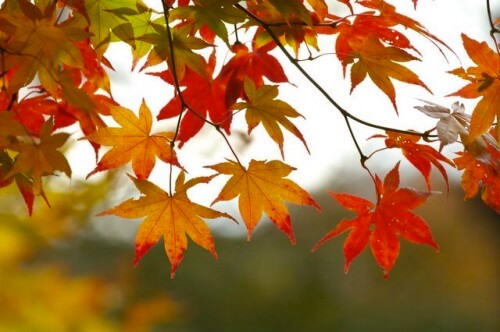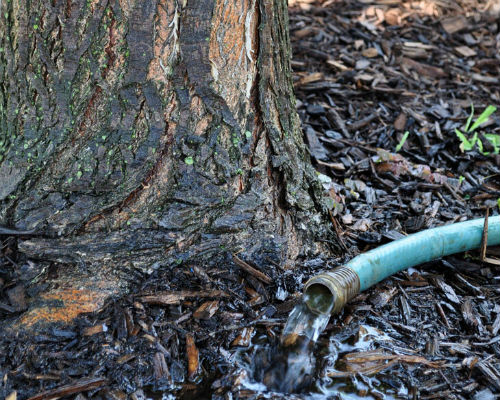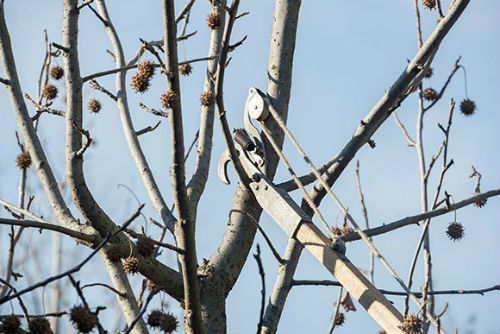As the seasons shift and temperatures begin to drop, the leaves change color, eventually fall off, and our trees go through a “dormant” season. During the dormant season, trees are not actively growing. They are using stored resources to stay alive until the following growing season. There are a few things we can do for our trees during the winter season to keep them healthy, thriving, and ready for the following growing season.

1.) Tree Fertilizer. While not all trees require fertilizing, some will benefit from the boost of nutrients that have been depleted during the growing season. Newly planted trees should be fertilized for the first few years to aid in establishment and root growth.
2.) Tree Watering. Trees still need adequate water in the cooler seasons. A long season of drought can severely damage a tree. How much should you water your trees? It is best to give trees long, deep soakings when the ground temperature is above 40 degrees.

Here are our watering recommendations for drought or times of limited rain:
– 80 degrees: Good, slow soaking (10-15 gallons per 5” diameter) every 3 days.
– 65-70 degrees: every 5 days.
– 50-60 degrees: every 7 days.
– 35-50 degrees: every 14-15 days.
3.) Tree Mulch. Mulch is something we are always recommending to our customers. Wood mulch adds fertility to the soil as it breaks down, helps the soil retain moisture, and acts as a buffer to the roots just below the surface – protecting them from extreme temperatures. We recommend adding a 4-6-inch-deep mulch ring that does not touch the trunk of the tree. Adding mulch correctly around your trees can benefit them in numerous ways.
4.) Tree Trimming and Pruning. Keeping your trees on a regular trimming and pruning schedule is critical in preventing damage from snow, ice, and wind in the colder seasons. Winter is a great time to prune trees. With all the leaves gone, the arborist has a better view of the tree’s structure and branches that may be damaged or broken.

When we trim away weak branches, we can reduce the hazard of breakage that occurs in colder months. Winter pruning also decreases the chances of insects and diseases invading a freshly cut wood wound.
Don’t forget about the trees in your landscape as the seasons change. If you would like a local arborist to look at your trees and assess what they may need, give us a call.

